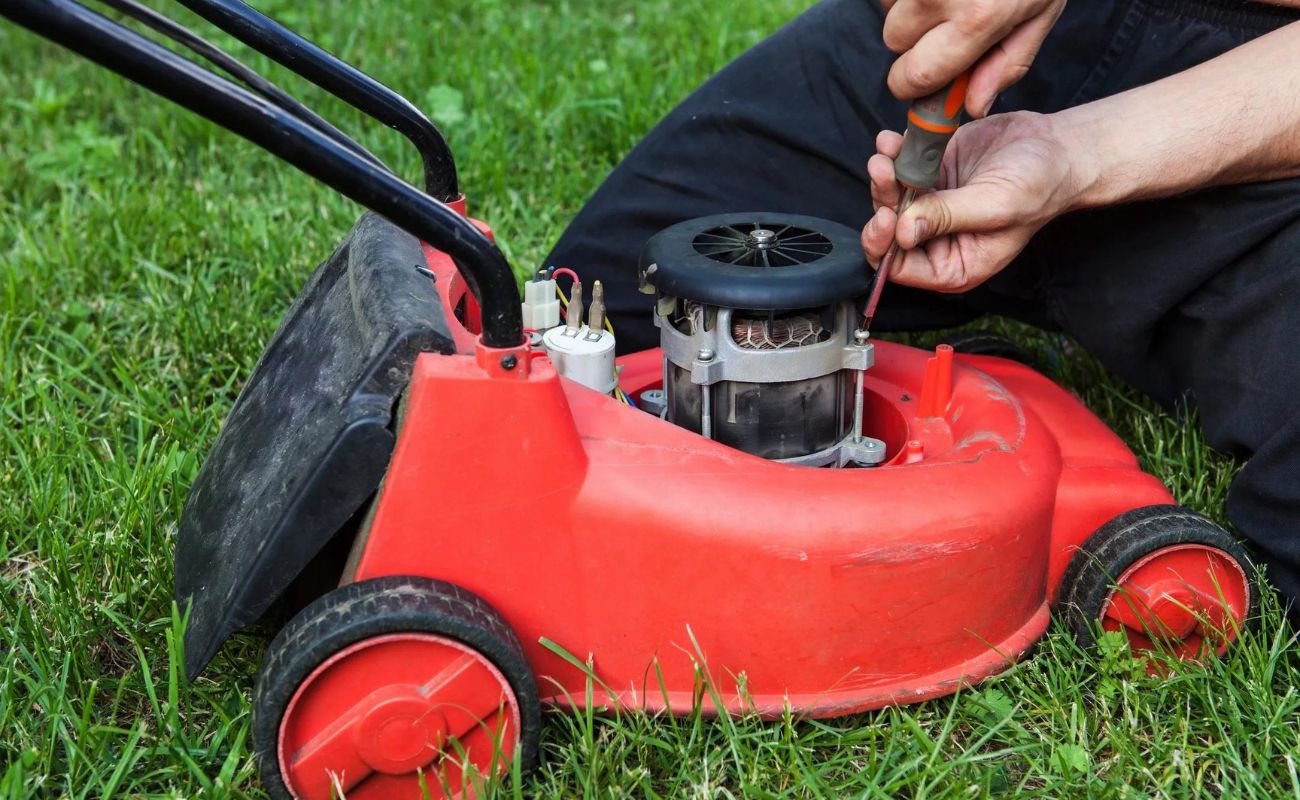When it comes to refreshing the internals of your engine and increasing its performance, boring is a procedure often mentioned alongside honing. You may be considering exploring this option if your engine has experienced significant wear or if you desire increased displacement and power. However, understanding the costs involved in the boring and honing process is crucial before making that decision.

Image: storables.com
What is Boring?
Boring is the process of enlarging the cylinders of an engine block using a specialized machine known as a boring bar. This machine removes material from the cylinder walls, increasing their diameter. Boring is typically performed to correct or prevent cylinder distortion, remove any imperfections or wear, and create a smooth surface for the piston rings to seal against. An additional benefit of this process is the ability to increase the engine’s displacement, leading to potential power gains.
What is Honing?
Following the boring process, honing is performed to refine the cylinder walls’ surface. A honing tool uses abrasive stones to create crosshatching, microscopic grooves that allow for better oil retention and piston ring sealing. This process ensures the cylinder walls are smooth, round, and properly textured, maximizing engine performance and longevity.
Factors Affecting the Cost of Boring and Honing
The cost of boring and honing an engine can vary based on several factors:
- Engine type: The size and complexity of the engine, including the number of cylinders, will influence the cost.
- Material of the engine block: Different materials, such as aluminum or cast iron, require specific tooling and techniques, impacting the overall cost.
- Condition of the engine: The extent of damage or wear in the cylinders will affect the amount of material that needs to be removed, thus influencing the cost.
- Shop labor rates: The hourly rates charged by the mechanic or machine shop performing the boring and honing will vary, affecting the total cost.
- Additional parts: Depending on the condition of the block, additional parts such as pistons, rings, bearings, or gaskets may be needed, which can add to the overall expense.

Image: lizzardco.com
Approximate Cost Estimates
To provide a ballpark figure, boring and honing an average 4-cylinder engine block can range from $300 to $800, including labor and materials. However, for larger or complex engines, such as V8 or diesel engines, the cost can increase significantly, potentially reaching $1,500 or more. Additional parts and labor costs for severe wear or damage can further increase the expenses.
Benefits of Boring and Honing
While it may seem like a hefty investment, boring and honing can offer several advantages for your engine:
- Increased performance: Boring the cylinders can increase the engine’s displacement, potentially leading to higher horsepower and torque.
- Improved sealing: Honing creates crosshatching, which enhances the seal between the piston rings and cylinder walls, reducing oil consumption and blow-by.
- Reduced friction: The smooth, round surface created by honing reduces friction between the piston rings and cylinders, improving engine efficiency and longevity.
- Corrected imperfections: Boring removes any imperfections or distortions in the cylinder walls, ensuring proper cylinder geometry for optimal engine operation.
When to Consider Boring and Honing
It’s important to evaluate your engine’s condition and goals when considering boring and honing. Here are some instances where this procedure might be beneficial:
- Excessive cylinder wear: If the cylinders have significant wear, boring may be necessary to restore proper sealing and performance.
- Increased displacement: This procedure is often used in performance applications to increase engine displacement, enhancing power output.
- Cylinder damage: Damage to the cylinder walls, such as scoring or gouging, may require boring to restore a smooth surface.
- Glazing or scuffing: The formation of a glazed or scuffed surface on the cylinder walls can impair ring sealing and reduce engine performance; boring and honing can address these issues.
How Much Does It Cost To Bore An Engine
Conclusion
Boring and honing an engine can be a beneficial procedure for restoring performance, increasing displacement, and extending engine life. However, understanding the factors that influence the cost is crucial before making a decision. By carefully evaluating the condition of your engine and considering the potential benefits, you can determine if boring and honing is the right choice for your automotive needs.